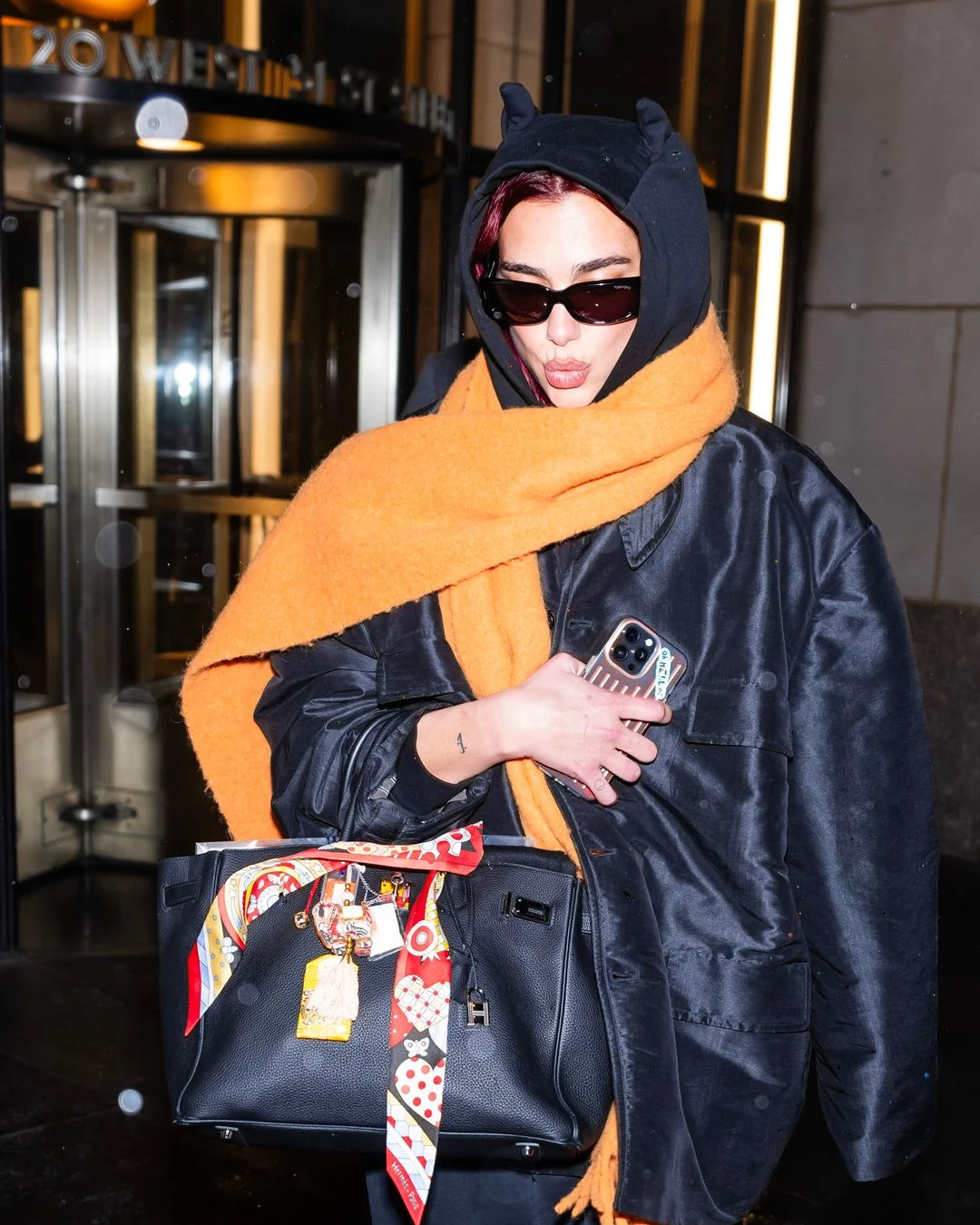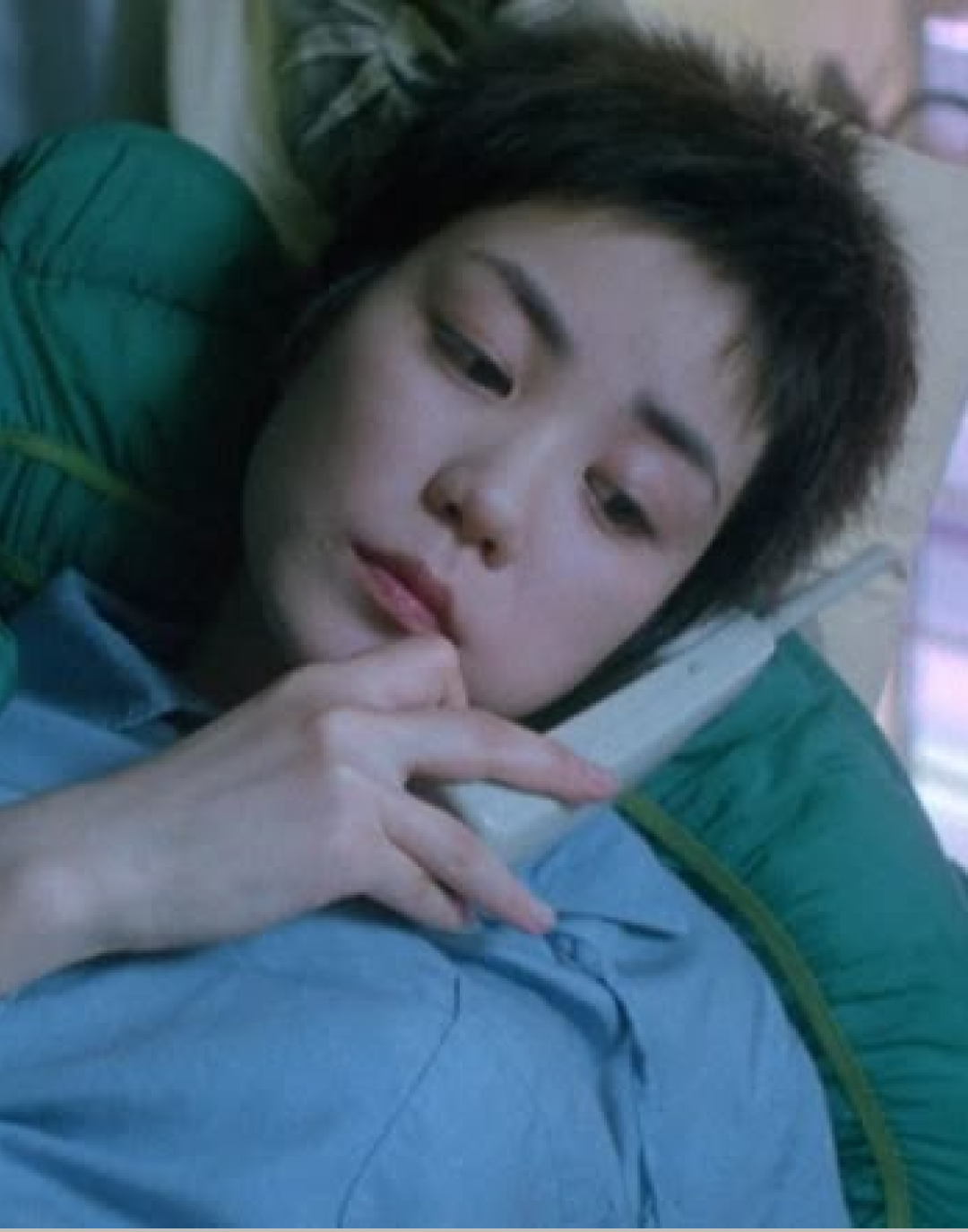
What is the “chaotic costumization”? The awaited return of maximalism in 2025
Fashion is cyclical. If trends used to take about twenty years to return, today, with social media and geopolitical developments, the timeline has drastically shortened. After the exhausting microtrends of 2020–2022, quiet luxury emerged, dominating runways over the past two years and propelling brands like The Row into cult status. However, as we mentioned, fashion is cyclical, and this year has seen clear signs of a much-anticipated return to maximalism. From the birkinification of bags and shoes to DIY cropping and playful collars, the most prominent signal has been the rise of Miuccia Prada as a generational icon for Gen Z. According to Vogue Business, by 2025 Gen Z’s favorite trend will be “chaotic customization.” Coined by the trend forecasting agency WGSN, this term encapsulates the younger generation's desire to reconnect with fashion, rejecting conformity. Essentially, it brings creativity back to the forefront. According to WGSN, the key concept for 2025 is “accessories for accessories”: think charms for bags, ties for belts, or studs for shoelaces. The power of chaotic customization lies in its detachment from any particular aesthetic or subculture; it can be applied in any way. Whether it’s a tiny My Melody plush or a gothic rosary, this trend encourages consumers to actively participate in the styling process of their pieces. Moreover, an essential aspect is the hands-on nature of this trend, inviting Gen Z to step away from digital realms dominated by doomscrolling and alienation to focus on moments of calm and joy, referred to as “glimmers.” WGSN predicts that glimmers will significantly influence Gen Z’s purchasing habits in 2025, perfectly aligning with chaotic customization. Brands, in turn, are racing to keep up.
@playboigunti Custom Jewelry Gradution Tie. DM and email open for commissions finally. Every piece is one of one #mensfashion #custompiece #jewelry #jewelrytie #oneofoneclothing #oneofone #1of1 original sound - Jaye
In this transitional period—between the ambiguous spring of maximalism and the late autumn of minimalism—brands are moving quickly. Among the first was Coach, with the creation of Coachtopia (a sustainable line tailored to the Gen Z gaze) and the SS25 collection inspired by New York. The collection included numerous bag charms inspired by the city’s iconic landmarks, which generated so much buzz on social media that they launched a season early, selling out immediately online. Miu Miu also released a collection of bag charms inspired by its most iconic recent pieces, such as pink ballerinas, the beige miniskirt, and a mini Aventure bag priced at €1,200. On the other hand, Loewe recently unveiled an entire farm of felt charms (starting at €480), featuring every animal imaginable, from whales to hamsters, adding a bucolic twist to the chaotic theme. However, some brands have misinterpreted the trend, such as Balenciaga, which decided to sell bags pre-filled with charms for nearly €10,000. While brands are free—and almost obligated—to capitalize on the trend, the core objective of chaotic customization is not about pre-set charms or decorations. On the contrary, it’s the opposite. In the luxury market, jewelry brands could particularly benefit from this emerging trend. Numerous social media videos about clothing customization and the birkinification of bags demonstrate how young people often use vintage jewelry and bijoux to adorn their accessories. In a context where a charm can double as a necklace or bracelet, it’s easy to imagine consumers being more inclined to invest in jewelry. As reported by the Financial Times, the American brand Martha Calvo has seen significant growth in international sales thanks to bag charms. Calvo stated that consumers are drawn to her products because they can customize them freely, even “using the pendant on their necklaces.”
— (@tabisyndrome) May 30, 2024
Many trend forecasters believe that chaotic customization is here to stay. According to Katie Devlin, fashion trends editor at Stylus, the individuality of this trend is the key to its success: “There’s so much variety and personalization in play here, and it’s not about one specific product.” Similarly, Lori Hirshleifer, owner of the luxury boutique Hirshleifers, noted that seeing people engage with bag charms sparks creativity, making the trend almost contagious. In a way, social media has homogenized the way we dress, spreading global trends instantly. Yet, perhaps the collective sentiment is beginning to embrace small ways to stand out and express individuality. Even if many own the same item or accessory, personalized details make the difference: through these subtle choices, consumers can express their essence. For Gen Z, freedom of expression, versatility, and transversality are now pillars of their relationship with fashion and luxury. It seems that next year, everyone will become a stylist.













































